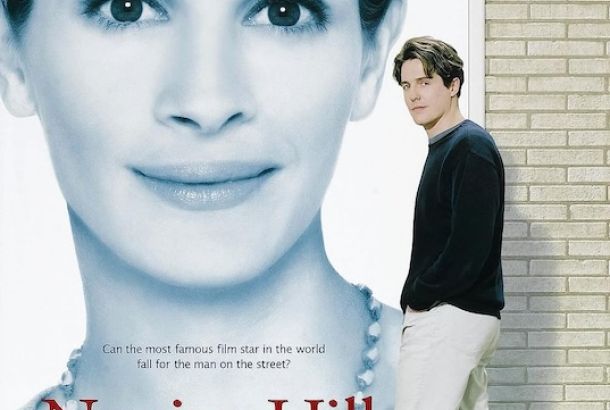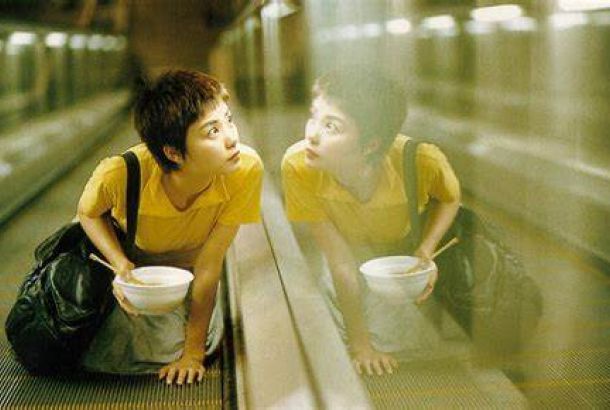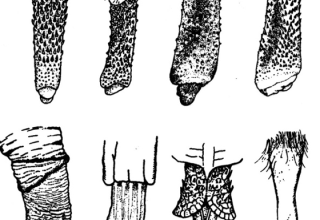The Green Knight: Dev Patel shines in spectacular medieval adventure

Thrusting audiences into a bleak and haunting vision of Middle Ages Camelot, David Lowery’s latest film, The Green Knight is an aesthetic masterpiece that reimagines the famous Arthurian epic of Sir Gawain.
Following Gawain (strangely pronounced Garwen), the young nephew of the aging King Arthur, the film uses the medieval value of chivalry to comment on and question ahistorical expectations of masculinity. A young man with no epic tale to tell of his own, the clear currency of this medieval vision, is goaded into proving his valour when a strange, tree like Knight enters the castle and proposes a yuletide challenge. In keeping with the original poem’s head chopping scene, Gawain gets more than he bargained for. Forced on an epic and seemingly fatal journey into the wild, Gawain toils as he attempts to repay the strange knight and prove his honour to his ailing uncle.
Every shot from The Green Knight leaves audiences in a state of immersed bewilderment. However, despite drawing on the plethora of images, moral questions and mythical scenarios from the epic, David Lowery’s vision twists many of the original’s narrative arcs. Instead, Gawain is faced with short coming after short coming. Far from witnessing his clear transformation into mythological hero, Lowery instead poses the horrifying possibility of his failure.
This central theme, heightened by the disorientating camera angles and lenses, is when the film is at its most interesting. Rather than simply enjoying its stunning visuals and bold colour pallet, the thematic changes made by the writers and director force audiences to think. The expectations and responsibilities of medieval heroism translate all too well into the film’s subtextual treatment of modern gender roles.
Leaving us with more questions than answers, The Green Knight echoes the Arthurian poem’s cerebral oddities whilst remaining original and immersive.
5/5.







